Build bigger, stronger quads, glutes, and hamstrings with this full lower body workout from Primeval Labs athlete Stephanie Sanzo.
“Legs feed the wolf.”
Herb Brooks, legendary hockey coach of the gold medal-winning 1980 US hockey team, said this quote in reference to his teams conditioning. They may not be the biggest, strongest, or most talented bunch of hockey players on the ice, but they going to outwork their opponents and be in superior condition.
And Brooks got them to have those superhuman-esque levels of conditioning by training their legs.
Our legs are the foundation that support our bodies as well as our performance in just about every major compound exercise -- they’re even involved in the bench press for you gym bros who like to skip leg day.
WIthout strong legs, you will never achieve a complete physique or become as strong and powerful as you could be had you put the same attention to training your lower body as you did your upper body.
Today we’ve got a total lower body beatdown courtesy of Primeval Labs athlete Stephanie Sanzo, aka StephFitMum.
She’ll take you through a typical leg day workout for her as well as give you a breakdown of her top 3 favorite hamstring exercises.
Can you hang with Stephanie through this whole workout?
Full Lower Body Workout with Stephanie Sanzo
This leg session is emphasizes the quads and glutes. Stephanie typically performs 2-3 leg training sessions per week rotating between ones that focus more on the glutes, the hamstrings, or the quads.
If you’re interested in a more glute or hamstring-focused leg workout, click here.
Now, let’s get onto the workout!
|
Lower Body Workout |
|||
|
Exercise |
Sets |
Reps |
Rest |
|
Squats* |
5 |
6-8 |
120-180 sec |
|
Leg Press |
5 |
10 |
90-120 sec |
|
Walking Lunges |
5 |
10 / leg |
90 sec |
|
Sissy Squats |
5 |
20 |
60 sec |
|
Leg Extensions |
5 |
10 |
60 sec |
*Note: Perform your 2 warm-up sets and then perform 3 working sets pyramiding up in weight to a hard set of six reps.
Lower Body Workout Training Tips
Barbell Back Squats
The squat is the king of lower body exercises plain and simple.
There’s nothing more taxing for the quads and glutes than strapping a heavy bar onto your back and squatting for reps.
Proper technique and a full range of motion are paramount to getting the most out of the squat while also avoiding injury.
When you perform each rep, keep these tips in mind:
- Screw your feet into the floor by pushing your toes to the outsides of your feet
- Brace your core and tense the abs
- Maintain an upright torso with chest out
- Do not allow your low back to round or hyperextend
- Pull yourself into the bottom of the squat using controlled eccentrics rather than letting gravity “drop” you down
If barbell back squats don’t feel quite right, you can try using the safety squat bar or cambered bar to perform your back squats. Or, you could replace back squats with front squats or heavy Bulgarian Split Squats.
Walking Lunges
The walking lunge is another classic lower body exercise that helps build bigger stronger thighs, yet as common as the exercise is, many people still struggle to perform it properly.
Whether it’s allowing their chest to fall forward and shoulders to round, or “dropping” into each rep rather than controlling the decent or even using to wide of a step where there is too much space in between the feet. Taking a wide stance leads to poor hip activation, stride mechanics, and an increased risk of injuries to the hip joint. It also reduces your ability to generate maximum power and torque.
When performing lunges, keep your feet semi in-line with one another as you step. Also make sure to keep your torso straight, with your shoulders back and relaxed and your core engaged.
Sissy Squats
The sissy squat is one of the best bodyweight leg exercises you can do for your quads. When done properly, they will increase your strength, size, and mobility better than almost any other exercise, save the back squat or Bulgarian Split Squat.
Beyond the upper legs, sissy squats also help develop ankle mobility and force you to stabilize muscles of the hip and lower back. And, if you train them diligently, you can progress to unsupported sissy squats which have the added benefit of improving core strength, coordination, and balance.
When first attempting sissy squats, you’ll likely need to hold onto something for balance and support as most people lack the strength necessary to perform full range of motion sissy squats unassisted.
You may also find that you can’t go all the way down initially either. That’s OK!
Focus on using slow, controlled execution of the movement and gradually increasing your range of motion as you get stronger. When you become proficient at these, you’ll wonder why you ever used that old, crust leg extension machine in the first place!
Stephanie Sanzo Top 3 Hamstring Exercises
Stephanie receives a lot of questions in regards to how she has build such strong, powerful, and shapely hamstrings. Here, she gives you her top 3 exercises for training the hamstrings along with some important pointers to keep in mind during your lower body training sessions.
Leg Curls
Stephanie has found that her hamstrings respond best to lower reps and tends to work primarily in the 5-12 rep range when performing lying leg curls. She focuses on using slow, controlled eccentrics on each rep to maximize tension on the muscle fibers of the hamstring and get a good stretch before powerfully contracting her hamstrings to bring her heels up to the top.
A few of Stephanie’s favorite intensification techniques to use with lying hamstring curls included 1-½ reps, partial reps, and the two up, one down protocol whereby you lift the weight with both hamstrings, but lower using only one leg or the other.
The reason for this is that a muscle can handle more weight eccentrically than it can concentrically. Therefore, by lifting a heavier weight with two legs, but only lowering it with one, she is creating greater overload in her hamstrings than she otherwise would if she only lifted the weight with one leg.
This is an incredibly powerful intensification technique, but it can lead to some serious DOMS.
Romanian Deadlift
To complement the knee flexion-based actions of the lying leg curls, Stephanie also incorporates Romanian Deadlifts.
RDLs train the hamstrings in their other primary function -- extension of the hip.
When performing these, Stephanie focuses on driving her hips backwards and “sitting” into the movement while putting pressure into her toes. This helps keep her from falling backward during the eccentric portion of the Romanian deadlift.
Similar to the leg curls, Stephanie focuses on using a slow, controlled lowering phase on each rep of the RDL, pausing briefly at the bottom, and then powerfully contracting her hamstrings and glutes to return to the top. You can also experiment with different lifting tempos on this exercise in order to create progressive overload and force the hamstrings to work harder without necessarily having to increase the load on the bar.
Finally, make sure to keep the dumbbells, barbell, or whatever other free weight you may be using to perform the RDL close to your legs during both the eccentric and concentric phases of the lift. Allowing the weight to drift away from your body will place undue stress on the lower back and heighten your risk of injury.
Nordic Leg Curl
This is quite possibly the most challenging of Stephanie’s favorite three hamstring exercises, and it’s also the one she uses to really burn out her hamstrings towards the end of her lower body training sessions.
Most gyms will have a nordic leg curl machine. If they don’t some workarounds that you can use to still be able to perform the exercise include:
- Having your training partner hold your ankles
- Use a seated calf raise machine (just make sure to load enough plates onto the machine so that the pad doesn’t move when you start the exercise)
- Smith machine set to its lowest setting with added weight on the side to keep the bar in place
As with all of the other hamstring exercises we’ve discussed thus far, prioritizing the eccentric phase of the exercise is paramount to getting the most out of it that you possibly can. If you lack the strength necessary to pull yourself back up to the top, you can use a slit “push off” from your hands to help you back up.


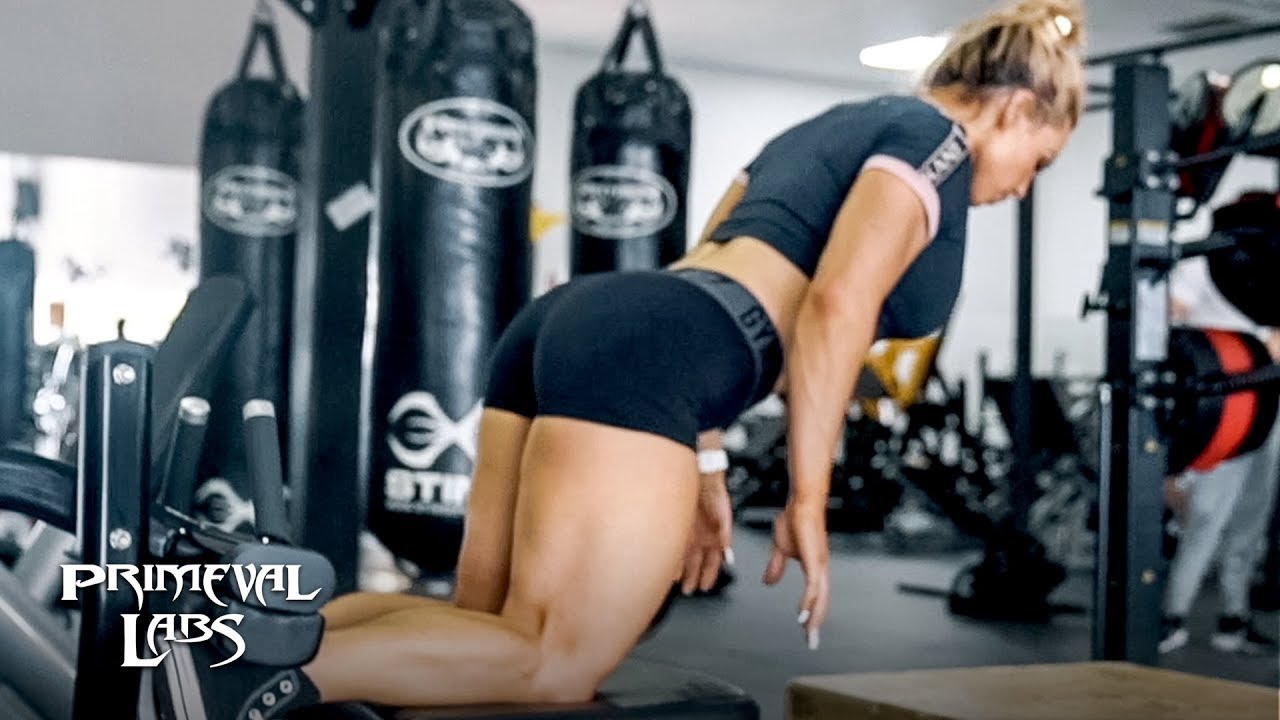



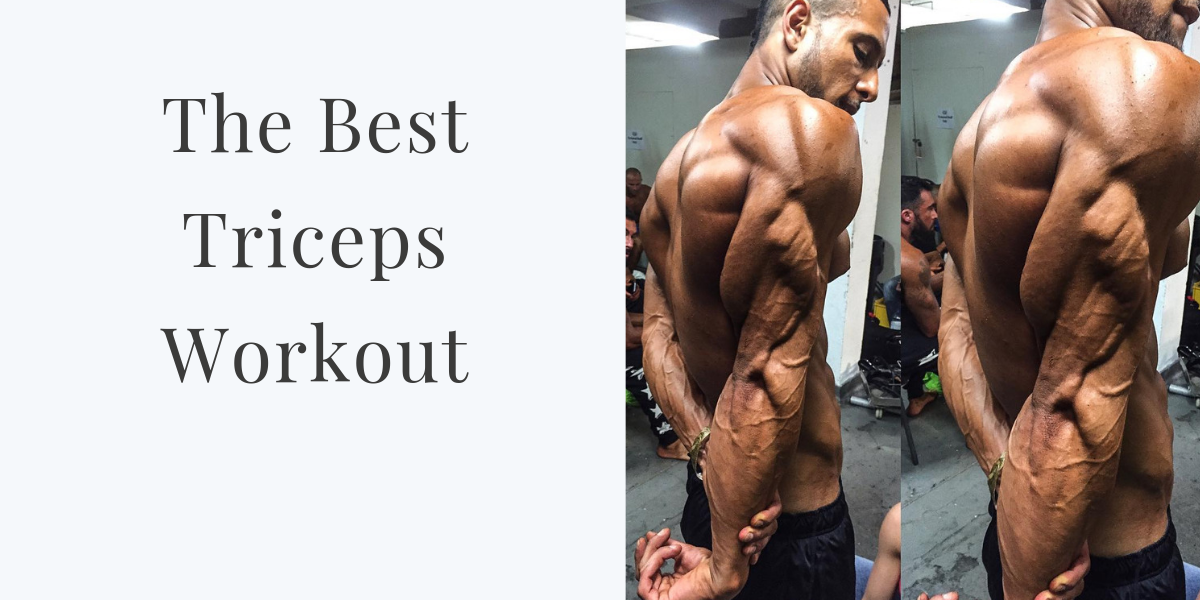
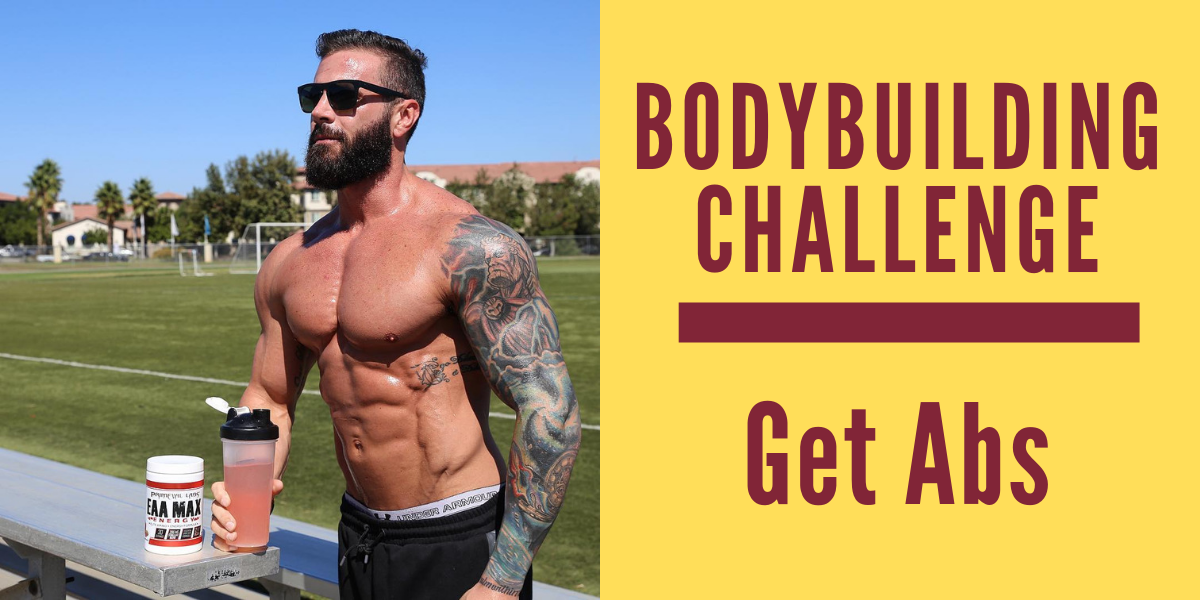
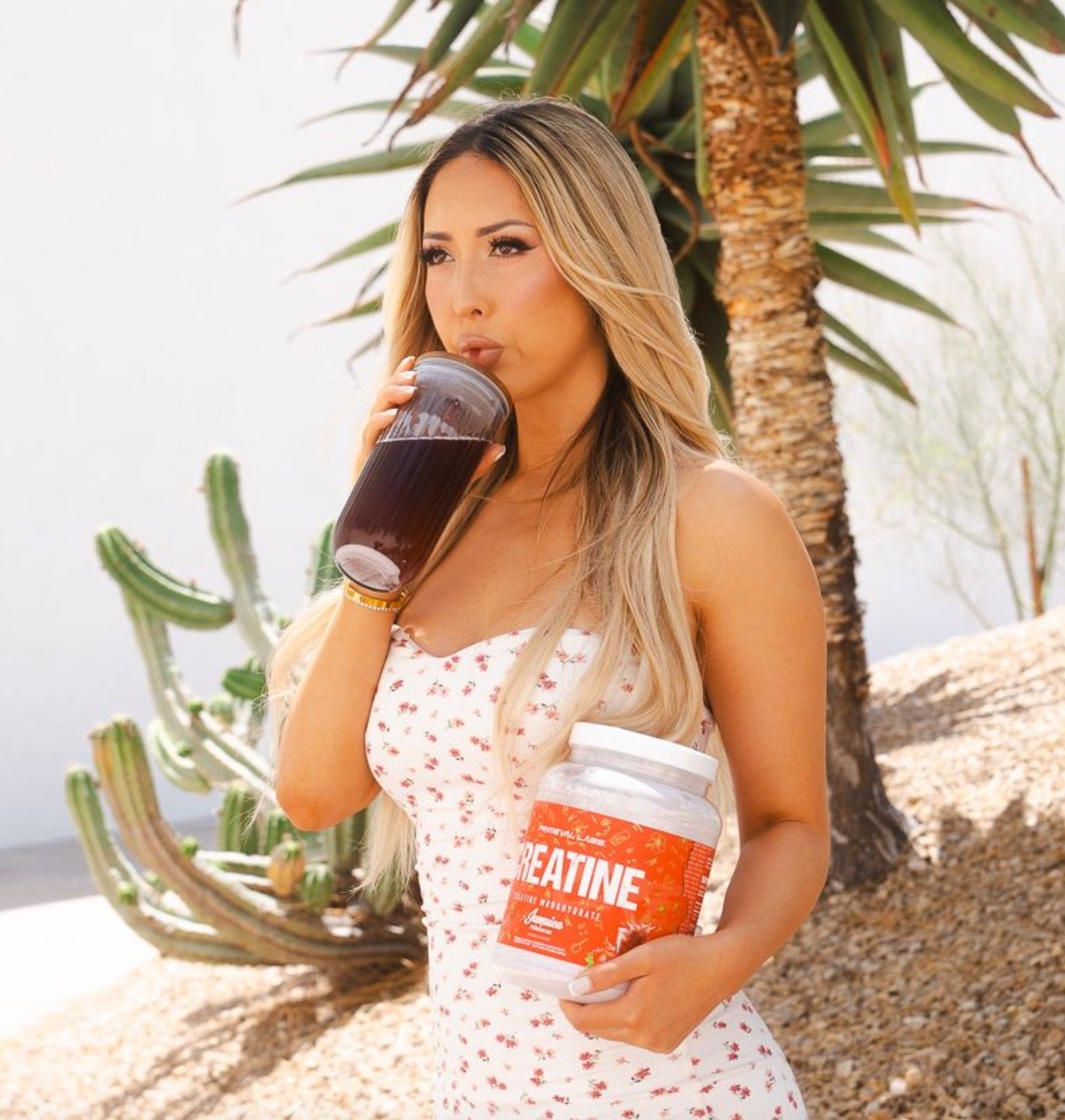
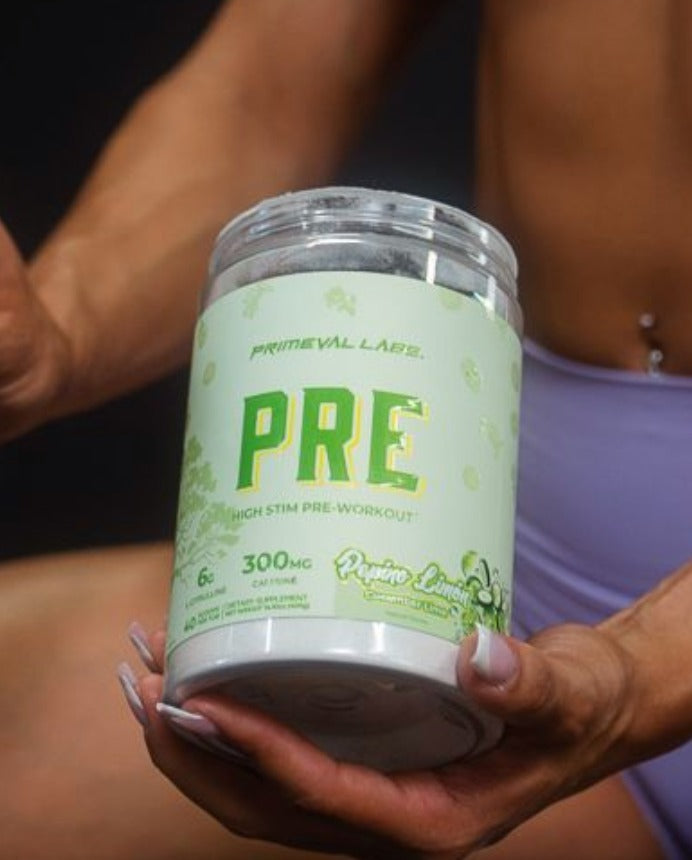

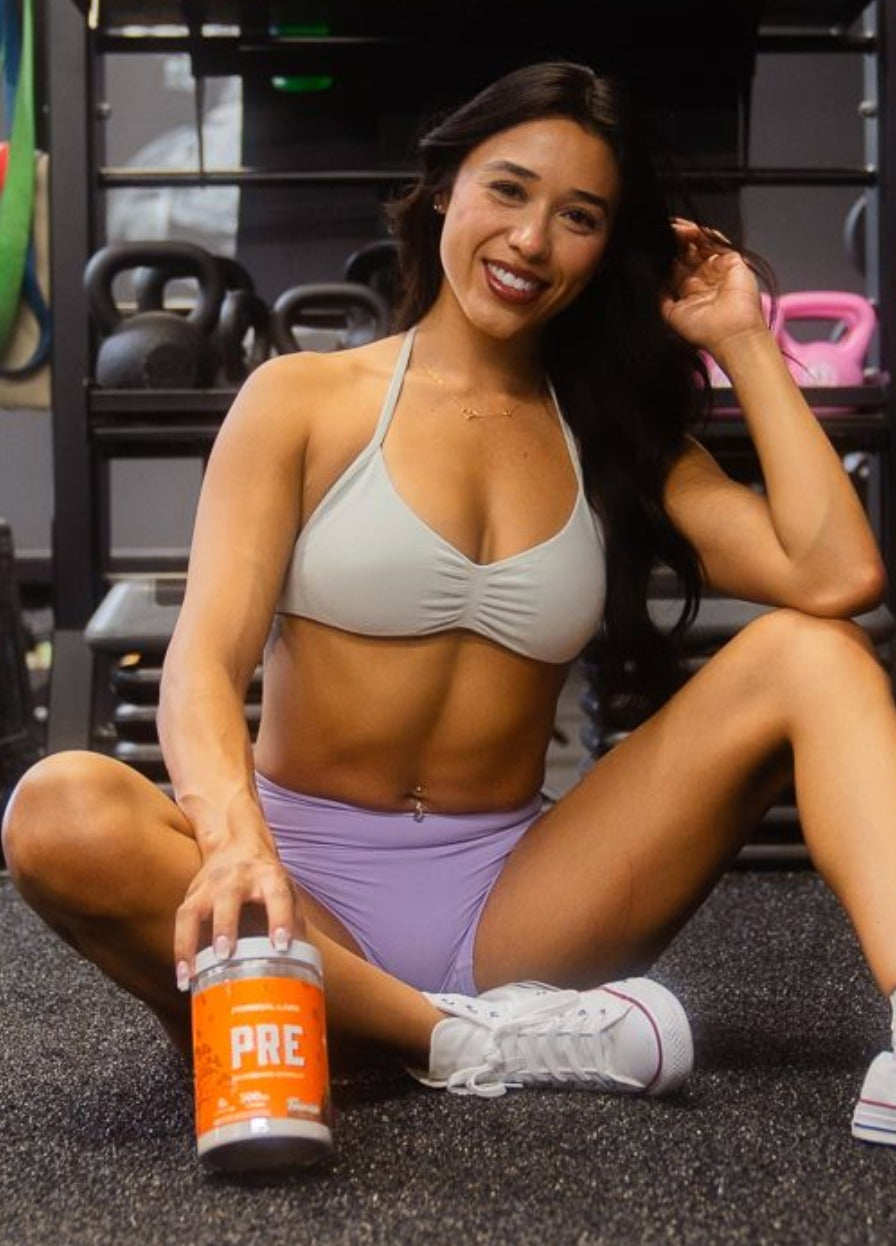
Leave a comment
This site is protected by hCaptcha and the hCaptcha Privacy Policy and Terms of Service apply.